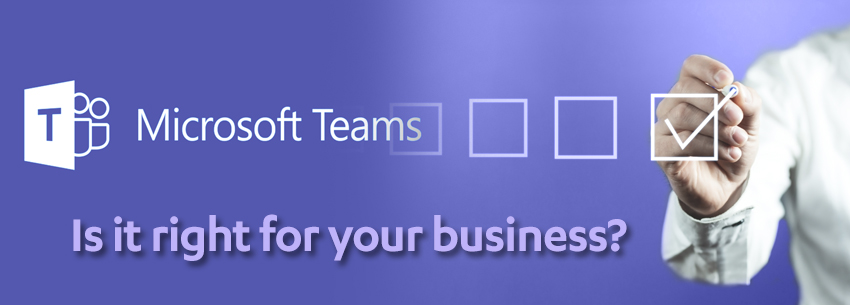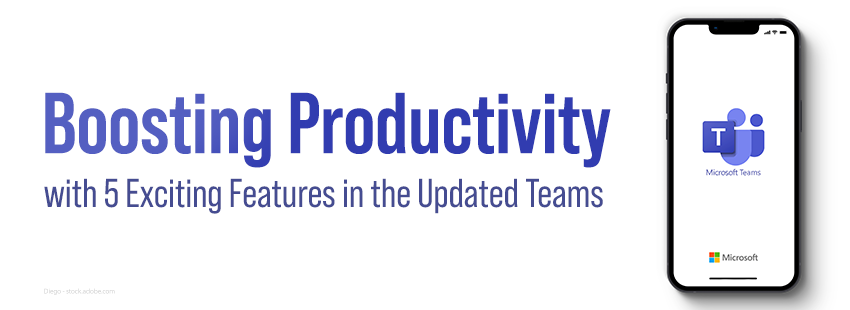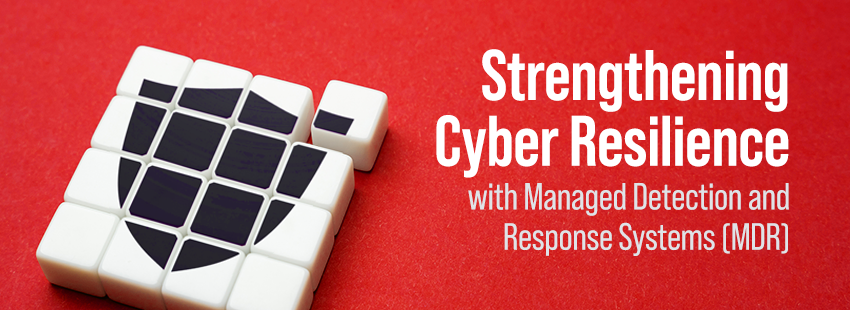There are plenty of project collaboration software tools in today’s market — some better than others.
One of the more popular ones among SMBs is Microsoft Teams, an option in Office 365, a productivity suite many SMBs are using.
Before selecting Teams as your collaboration software, get to know the solution first, and if it sounds good to you, we can help you with deploying Teams throughout your organization.
What’s Microsoft Teams?
If Teams hasn’t been on your radar, there’s probably a good reason for it.
Maybe you’ve never come across the product; maybe you’ve never felt the need to explore the collaboration software market, or maybe you’ve just been too busy to reassess your options.
Whatever the reason may be, you should, at the very least, understand what Teams is and how it can assist your organization with collaboration issues in the workplace.
Microsoft Teams is collaboration software, which, if you’re unfamiliar with it, enables employees within your business to share ideas and manage project workflows.
Launched in March 2017, Teams (marketed by Microsoft as the “chat-based workspace in Office 365”) includes several features designed to enhance workplace collaboration within organizations: meetings, calling, devices, app integration and more.
While there are other options in the collaboration software space, including Slack, probably Microsoft’s top competitor in the space, Teams may be the best option for your business.
Why Teams is right for your business
Teams makes it easy for your employees to collaborate by breaking down silos.
With Microsoft’s solution, your team members can communicate more effectively, work better together, create collaboratively and make decisions as a group.
Some of the top benefits to Teams include the following:
- With Microsoft Teams, end users have built-in access to SharePoint, OneNote, and Planner.
- Every document shared in Microsoft Teams is saved to the cloud, which ensures team members are always working from the latest version.
- Teams encompasses four core promises: chat for today’s teams, a hub for teamwork, customization options and security teams trust.
When it comes to Teams, Microsoft isn’t done innovating.
What you should know about Teams’ future
Teams is back in the headlines — and that’s a good thing.
Right now, Microsoft’s actively working on a Teams client for Linux, the most-used open-source operating system in the market. For SMBs with users on Linux, this is pretty big news.
Even though there’s no timetable for when this product is slated to launch, this move by Microsoft is a clear sign of its commitment to expand Teams.
Besides Microsoft’s focus on Linux for Teams, there’s more.
Teams is Microsoft’s primary client for intelligent communications in Office 365, which means it will ultimately replace Skype for Business, an instant messaging enterprise solution that displaced Microsoft Lync in 2015. The software giant will retire Skype for Business on July 31, 2021.
If you’re running Skype for Business and are ready to upgrade to Teams, contact your service provider and schedule an appointment to discuss options.
From now until Skype for Business is retired, expect to see Microsoft focusing more on Teams if you haven’t already seen this.
For instance, there’s now integration between Oracle Digital Assistant and Microsoft Teams. Here’s the deal: Enterprise customers can now access Oracle Cloud Applications through an AI-powered voice experience in Teams.
Teams is just another tool for you to use to encourage collaboration among your employees. Using Teams can assist your employees with managing collaborative projects throughout your organization and ensure everything you need is available to you in one hub.





